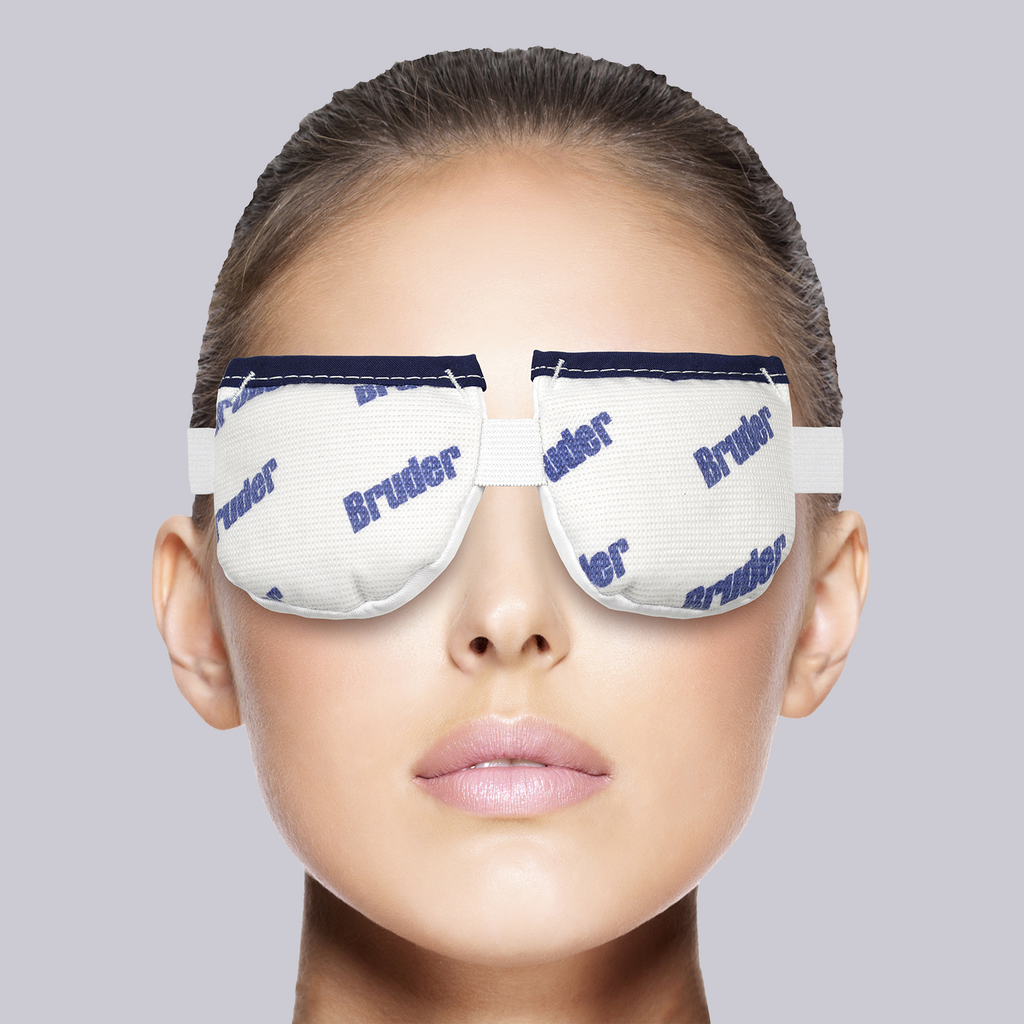

It has also been suggested as a possible treatment for dry eye 1, 2, 3, 4. Menthol is a volatile water-clear organic compound with the structure of a cyclic monoterpene that is incorporated into various consumer products including toothpaste, gum, and medicines such as proprietary eyedrops.

Repeated application of MH thus induced persistent increases in tear fluid volume and tear film stability in dry eye patients, suggesting that repeated use of a warm compress containing menthol is a potential novel treatment for dry eye disease. Repeated application of MH significantly increased tear meniscus volume ( P = 0.004, P = 1.7 × 10 −4) and tear film breakup time ( P = 0.037, P = 0.010) in healthy subjects and dry eye patients, respectively. Single application of MH significantly increased tear meniscus volume ( P = 8.6 × 10 −5, P = 1.3 × 10 −5) and tear film breakup time ( P = 0.006, P = 0.002) as well as improved meibum condition in healthy subjects and dry eye patients, respectively. Disposable eyelid-warming steamers that either did (MH) or did not (HO) contain menthol were applied to one eye of each subject either once only for 10 min or repeatedly over 2 weeks. We evaluated a warm compress containing menthol as a potential treatment for dry eye by examining its effects on the tear film in healthy subjects ( n = 20) and dry eye patients ( n = 35). You should follow up with your local healthcare provider regarding all matters related to your health.Menthol is thought to stimulate lacrimation via activation of cold-sensitive primary afferent neurons in the cornea. ĭisclaimer: This information is not meant for medical diagnosis or treatment. Need help finding a dry eye specialist near you? Find them here. To learn more about dry eyes and the products I use and recommend, check out our other videos! … I use a dry heat warm compress in the mornings and a moist heat compress in the evening. I personally us 2 different warm compresses.

Wet warm compress?Ĭompresses that hold more heat for longer provide better results, and compresses with moist heat are superior. Pushing on the eyes too hard can increase eye pressure or cause deformity to the corneal surface.īut I haven’t yet found any studies at this time that showed that warm compresses resulted in negative impacts on the eyes. Follow your doctor’s proper instructions about doing one appropriately.

If you do an eyelid massage after a dry eye compress, be sure to be gentle with your eyes.
WARMING EYE COMPRESS SKIN
45C or much higher puts a higher risk of burning the eyelid skin or deforming the cornea. Most studies say that 40C (or 104F) is the ideal temperature to reach for your warm compress to work effectively and melt those thickened oils (Murakami DK et al., 2014 Blackie CA et al., 2010 Korb DR et al., 2008).īut be careful! You don’t want your compress too hot. I personally keep my warm compresses in a basket near my bed. To do this, find a way to remind yourself. One study found that after 12 weeks of consistenly using a warm compress, patients showed a decreased level of phosphlipase on the tear film (Man Lam S. It is important to use your warm compress regularly. In short, doing warm compresses for longer is better. They show an 80% increase in tear film oil layers after 5 minutes, and a 100% increase after 15 minutes (Olson MC. Studies show that warm compresses get the best results when used for 5-15 minutes. This means the oils in your eyelids don’t reach the temperature needed to melt. Studies have shown that because the water in those washcloths evaporate, it cools your eyelids very quickly (Arita R. Using a washcloth as a compress, where you get it wet and warm it up, is the least effective way to do a warm compress.


 0 kommentar(er)
0 kommentar(er)
